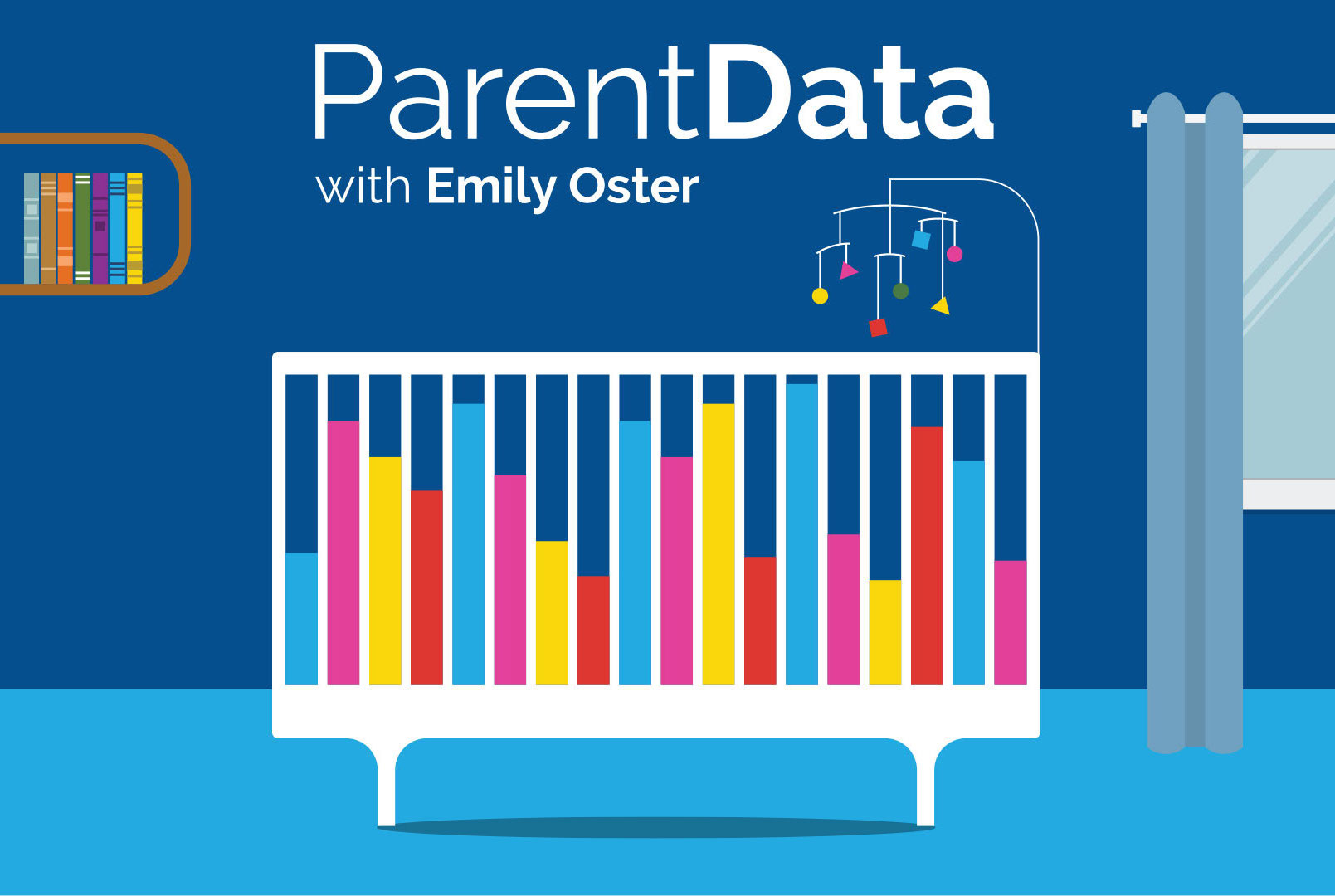I have a 3.5-year-old who was recently diagnosed as mildly on the autism spectrum. We’ve been thinking about having another baby. My husband just told me he’s fearful that our genes make autism and, if we have another child, they may not only have autism but be very severely on the spectrum. (It’s very likely we both also don’t understand quite how this “spectrum” works, so I think that may factor in as well.) I hadn’t been worried about that until he said that, and of course now I am!
What are the chances that a second child of ours will also have autism? Is there any link between siblings and the autism spectrum, and also levels on the spectrum? Our first child has mild autism with mainly social challenges. I’m unable to find any clear and compelling research or data about the risks and chances of having a second child with autism, and possibly more severe on the autism spectrum.
—Anne
We’re in complicated territory here, so it’s not surprising that this is difficult to parse. There is a lot in your question — on the autism spectrum, on different types — that is fodder for a full newsletter, probably one written by a guest author.
But your sibling question is one that can be answered, at least partially, with data. To do so, researchers use various approaches to evaluate how an autism diagnosis in one sibling predicts diagnosis in others.
One large study comes from Denmark, where researchers used registry data — basically, medical records covering the entire country — to answer this question. Overall, in this study, only a very small share of autism diagnoses are uncovered. However, those with a sibling who is diagnosed had a risk 22 times as high. This still put the share only around 2%, though.
Other studies have pointed to a larger risk. This paper followed siblings of children with an autism diagnosis through the age of 3 and found that 18% of them were themselves diagnosed. Generally, figures quoted range from 3% to 20%, which is a huge range and reflects the variation in the data.
What is less well understood is the relationship in degrees; if one child has mild autism, is that informative about the other? This isn’t something we know well from the data. Even with the data we have, it can be hard to interpret these facts. Autism diagnosis is likely more common among families who seek it out; having one child with a diagnosis is likely to mean a family is better informed about this possibility, and more likely to identify behaviors as possibly indicating something to discuss with their doctor.
Where does this leave you? There is an elevated risk, although certainly that risk is not close to 100%, and the majority of the time children with autism have siblings who do not have it. To your question on severity, the data simply isn’t compelling in either direction.


















Log in